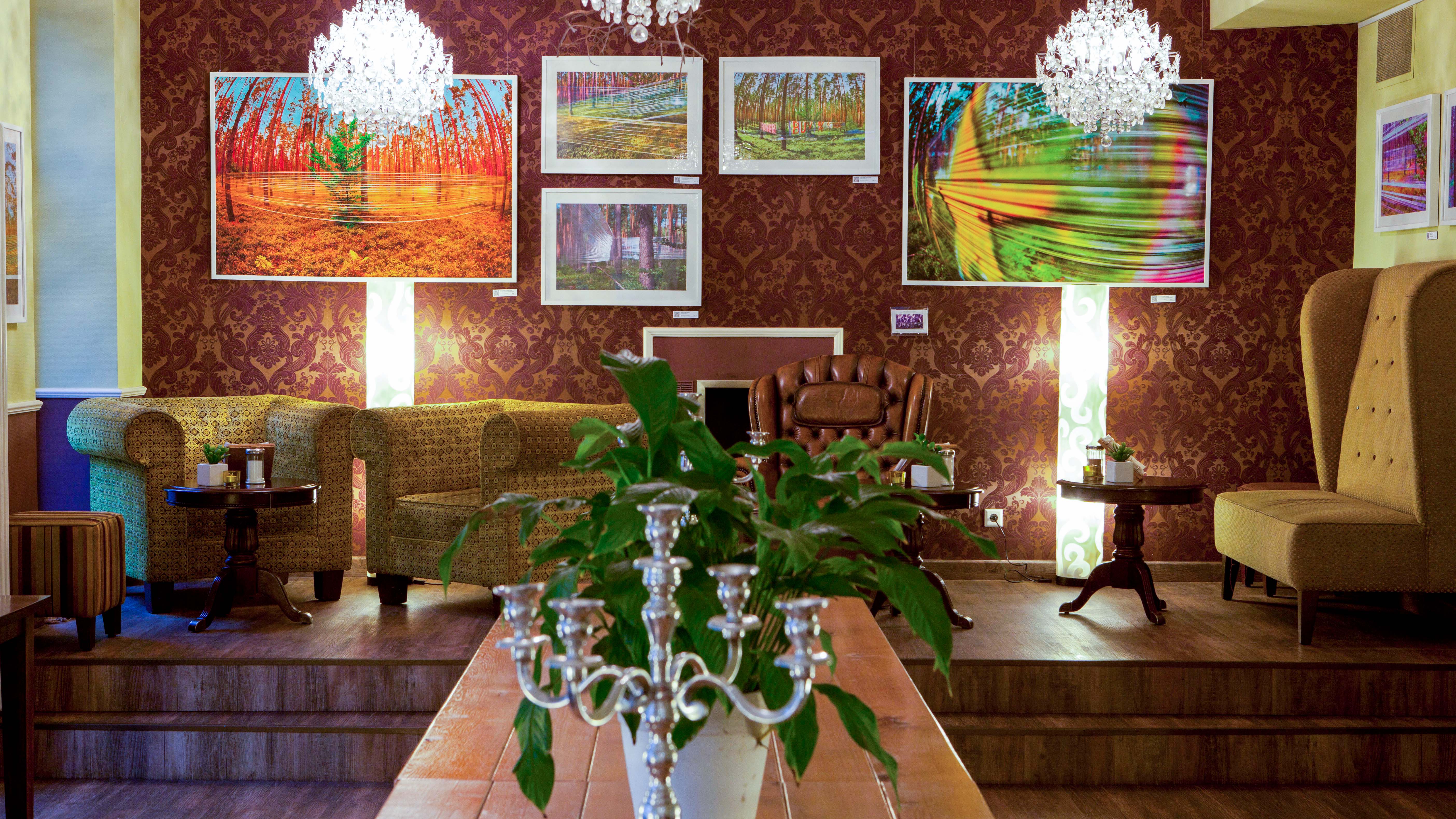
The Vision Behind "Contaminated Paradise"
Paradise, a place of tranquility and peace, is often depicted in art as a realm of perfection and harmony. But what happens when this image of paradise is disrupted? Greta Schmidt, in collaboration with Stefanie Nilson, posed this very question in their striking photo exhibition "Contaminated Paradise" from 2013.
While Stefanie Nilson seeks a detailed view, capturing the paradisiacal beauty of nature in a single image, Greta Schmidt takes on a different, deeper perspective. Her works depict nature as hostile and threatening, an environment that appears alien to humans. Through her artistic vision, Schmidt transforms nature into a stage where trees are wrapped in packaging foil and separated from their natural surroundings. These trees, although grouped together, seem isolated and estranged, as if invisible forces have severed them from their community.
Schmidt's works are not just visually impressive but also profound and provocative. They challenge the viewer to reflect on the relationship between humans and nature, on isolation and community, on what appears natural versus what seems artificial. Her images tell stories of apparent belonging, of bonds, of closeness and distance. They make the viewer feel the otherness and isolation amidst a supposed community.
The use of slogans, inspired by the "Occupy Wall Street" movement, as graffiti on the foil, amplifies the message of Schmidt's images. It's a powerful commentary on modern society, where apparent belonging is dissolved by unseen forces, and boundaries become insurmountable.
With "Contaminated Paradise," Greta Schmidt has not only created a remarkable photo exhibition but also a profound reflection on the nature of being in the modern world. Her works testify to her ability to pose deep questions through art and to prompt the viewer to contemplate their own position in the world.
Exhibited from 16.10.13 - 31.01.14 in Berlin











































